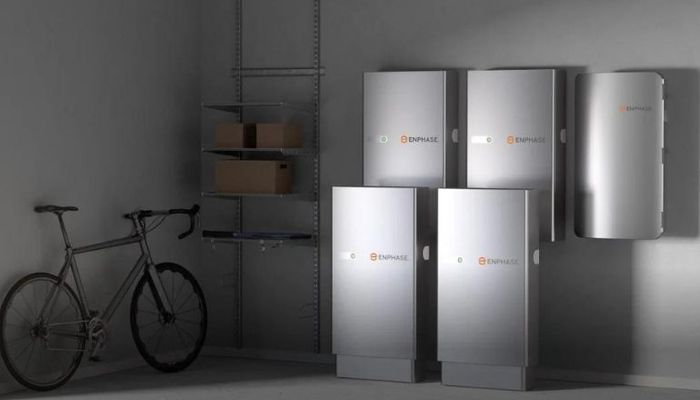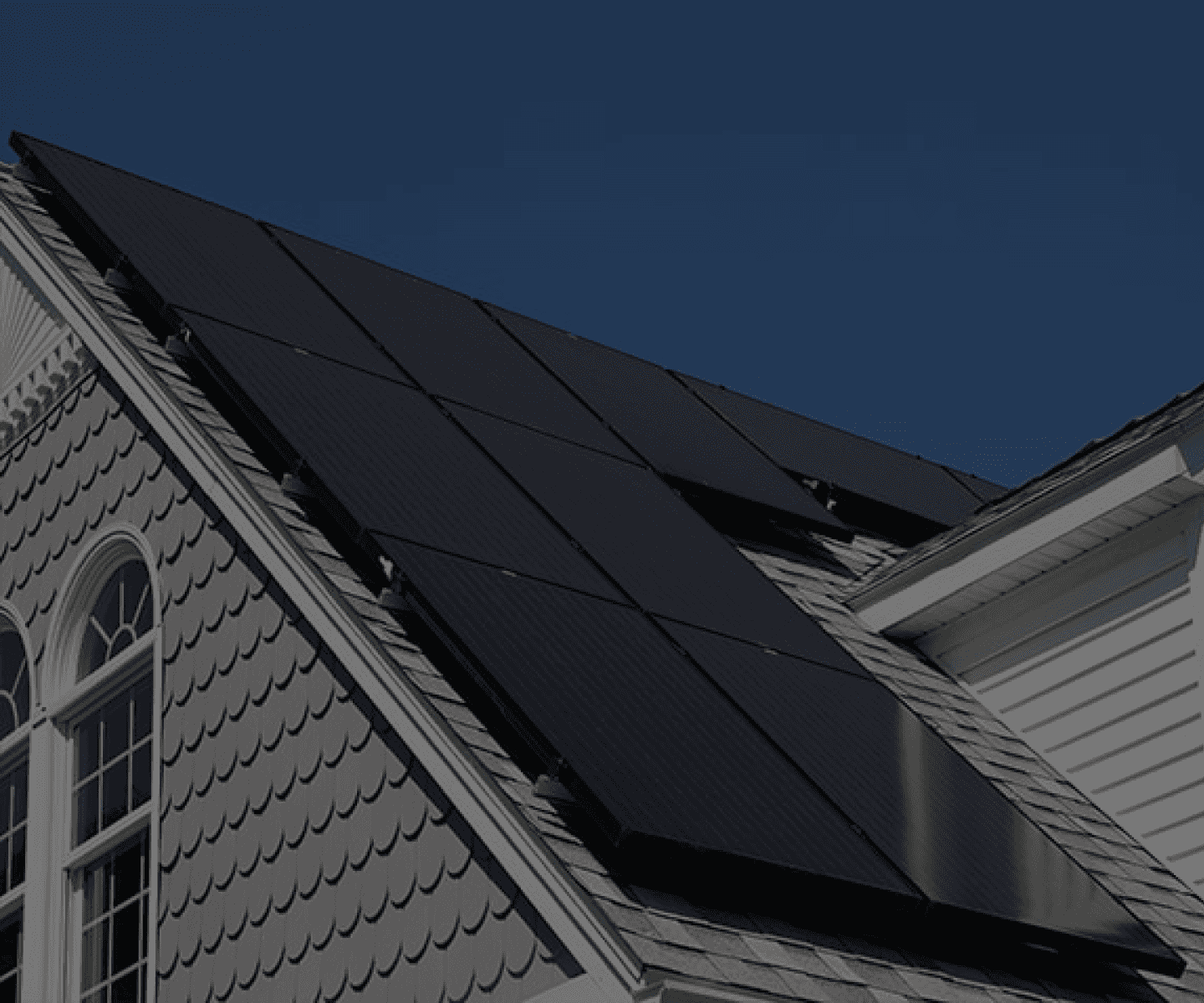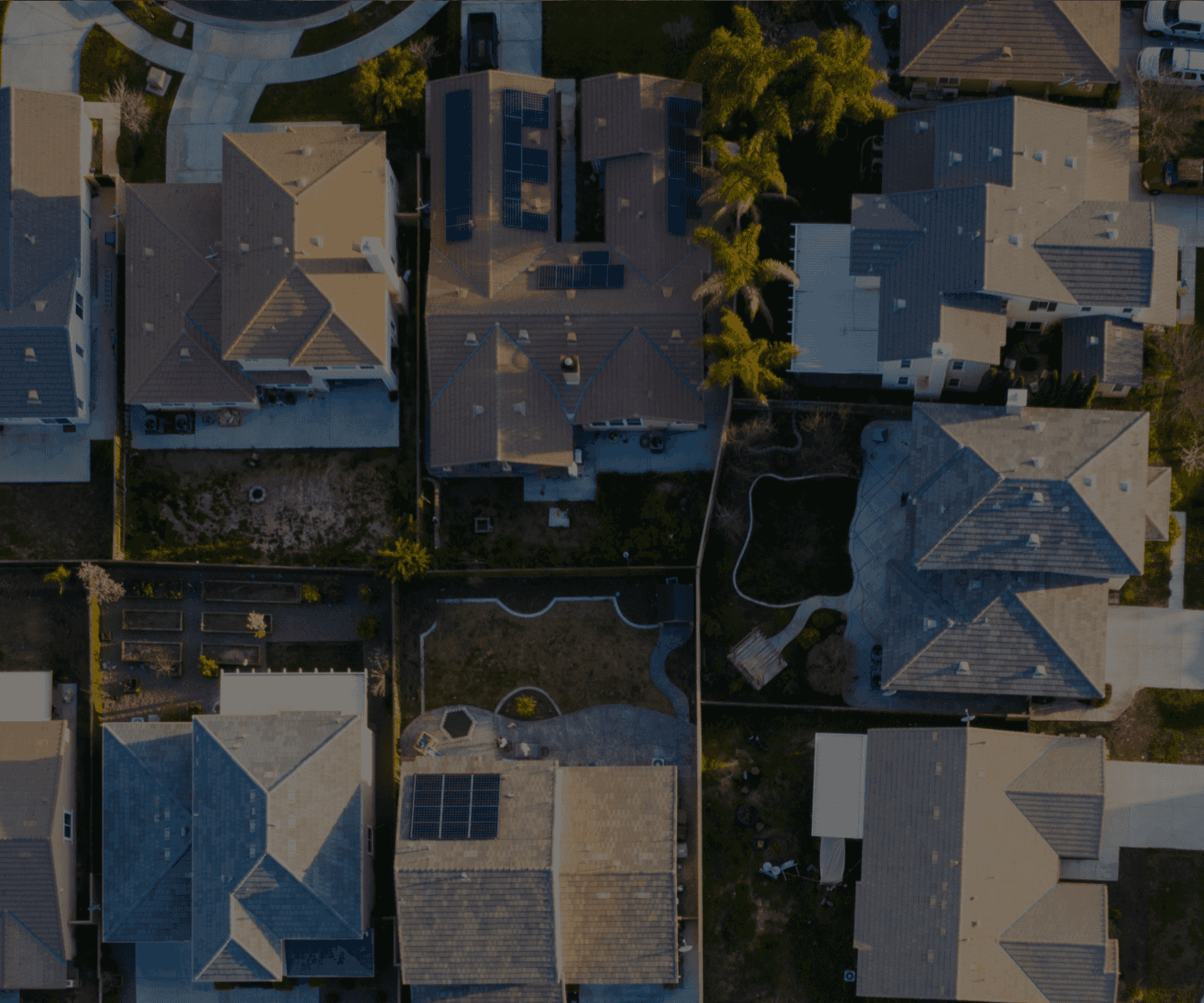What Can a Solar System Run: 3KW, 8kW, 20kW & More Sizes

Are you considering going solar but aren’t sure which system size will be enough for your household needs? We’ll walk you through the different solar system sizes and help you understand what type and how much of your appliances they can power.
Smaller sizes are perfect for smaller homes that don’t entirely depend on electric power. Larger solar systems can run your AC all day and even charge your EV. So let’s see.
Understanding Solar Energy Basics
Before we delve into what certain sizes of solar systems can power, let’s review some basic solar energy concepts.
How Solar Works
Solar panels harness sunlight to produce electricity. These panels can operate independently in off-grid settings or be connected to your utility provider in a grid-tied solar system. For example:
- Off-Grid: An off-grid solar system generates power solely from sunlight and stores it in a battery bank. If the battery runs out at night, you'll need to wait for a sunny day to recharge or use a fossil fuel generator as backup.
- Grid-Tied: In a grid-tied solar system, you can use more power than the solar produces from your utility if needed. In typical grid-tied systems, there is no energy storage. Consequently, if a power outage occurs, your solar system stops power generation. However, by adding solar batteries to your system, you can utilize all the energy generated by your system to keep essential appliances running during such outages and maximize your savings when energy prices are at their peak.
Energy vs Power
Another key concept to understand is the difference between power and energy, which often get confused. Let's break it down in simple terms.
- Power: Solar panels are designed to capture sunlight and convert it into electrical power. When sunlight hits the solar panels, they generate electricity. This electricity is in the form of electrical power, measured in watts (or kilowatts for larger systems).
- Energy: The total amount of electrical power produced by the solar panels over a specific period (e.g., a day, month, or year) represents the energy generated. This energy is typically measured in watt-hours (Wh) or kilowatt-hours (kWh).
Here's a practical example: Imagine you have a 100-watt lightbulb turned on for 10 hours. It will use 1,000 watt-hours of energy (100 watts x 10 hours).
What Can a 3kw Solar System Run?
A 3kW solar system is a popular choice for many homeowners looking to harness solar energy. If you install a 3kW solar power system, you can expect it to generate around 375 kWh or 12 kWh daily. That is enough energy to run a 55-gallon water heater with average household use but it couldn’t do anything else. If you don’t need the water heater you could run a refrigerator, microwave, lights, fans, TV, laptop and still have enough left over to charge your cell phone.
Let’s see what appliances a 3kW solar system can run:
- Lights: A 3kW solar system can efficiently power all the lights in an average American home. This includes LED and CFL bulbs in various rooms.
Let's say you have 10 LED bulbs, each using 10 watts. In total, that's 100 watts (0.1 kW). If you use them for 5 hours a day, it would be 0.1 kW x 5 hours = 0.5 kWh per day.
- Refrigerator: Your refrigerator is a constant energy consumer. A 3kW system can keep it running without a hitch, helping you preserve food and maintain freshness.
An average fridge uses about 150-800 watts, but let's assume 150 watts. If it runs for 24 hours, that's 3.6 kWh per day.
- Television and Entertainment: Your TV, gaming consoles, and entertainment systems can be powered by this system size, ensuring you can enjoy your favorite shows and games.
A 42-inch LED TV consumes around 80-100 watts. Taking an average of 90 watts, if you watch TV for 4 hours, it's 0.09 kW x 4 hours = 0.36 kWh per day.
- Computers and Electronics: A 3kW solar setup is sufficient to run multiple computers, charging devices, and other small electronics that are part of our daily lives.
A desktop computer uses approximately 200-400 watts. Assuming 300 watts, using it for 6 hours would be 0.3 kW x 6 hours = 1.8 kWh per day.
- Air Conditioning: It's important to note that while a 3kW system can help with air conditioning, it may not cover the full cooling needs of larger homes, especially during scorching summers. Additional capacity may be required for central air conditioning.
What Can an 8kw Solar System Run?
An 8kW solar system is a substantial investment in renewable energy. The expected 8kW solar system daily output would be close to 1,000 kWh per month or about 33 kWh daily.
This is enough to run a refrigerator, microwave, lights, fans, TV, laptop, washing machine, small well pump and a window air conditioner for a few hours per day. It basically covers the average electric usage of a small house with gas appliances in a temperate climate. Let’s do a breakdown.
- Lights: An 8kW solar system can illuminate your entire home, effortlessly accommodating energy-efficient LED and CFL bulbs in multiple rooms.
- Refrigeration: Keeping your refrigerator and freezer running smoothly is no issue for this system, ensuring your food remains fresh.
- Home Entertainment: You can power large-screen televisions, gaming consoles, and a full home theater setup, allowing you to enjoy your favorite movies and games.
- Computers and Electronics: Running multiple computers, charging stations, and various electronics becomes a breeze with the ample power generated by this system.
- Air Conditioning: An 8kW system is suitable for air conditioning in moderate-sized homes, providing relief during hot summers. However, it may not suffice for very large homes or extreme heat conditions.
In summary, an 8kWh system offers significantly more capacity than a 3kWh system, making it better suited for larger homes with a higher electricity demand and the use of more energy-intensive appliances. It provides greater flexibility and the potential to cover a broader range of household needs, including air conditioning in many cases.
What Can a 20kw Solar System Run?
A 20kW solar system is well-suited for larger residential properties, generating more power than the average American home uses. However, it becomes especially practical if you rely on all-electric appliances or reside in a hot climate where continuous air conditioning is necessary. In such cases, considering a 15kW or 20kW solar panel system is a smart move.
A system this size could run a refrigerator, electric stove/oven, microwave, lights, fans, TV, laptop, washing machine, clothes dryer, large well pump and even an entire house air conditioner.
Moreover, if you wish to include an electric vehicle charger, you can do so by adjusting your system's capacity, perhaps by removing items like the electric stove and clothes dryer to accommodate the EV charger effectively.
- Lights: Light up a larger home with numerous energy-efficient bulbs.
- Appliances: Run multiple high-energy appliances, including large refrigerators, ovens, washing machine and dryer, etc.
- Entertainment Systems: Power home theaters, gaming setups, and multiple televisions.
- Temperature Control: Support central air conditioning and heating systems for optimal comfort.
- EV Charging: Charge one or more electric vehicles.
More Solar System Sizes and What They Power
- A 2kW solar system is suitable for powering basic household lighting, small appliances, and electronics (refrigerator, fans, TV and phone charger). It's best for small homes, cabins, or as a supplemental source of power.
- A 4kW system can handle standard household appliances like refrigerator, microwave, lights, fans, computer and TV. It's a good fit for small to medium-sized homes.
- A 5kW solar system is well-suited for powering the essentials in a medium-sized home, including the usual lighting, appliances (refrigerator, microwave, washing machine), and electronics. It can significantly reduce your electricity bills.
- A 6kW system can comfortably cover the energy needs of an average American household. It powers all standard appliances, lighting, and electronics effectively. Like refrigerator, microwave, lights, fans, TV, laptop, washing machine, cell phone charger.
- A 7kW system offers a bit more capacity, making it ideal for homes with larger energy requirements, especially if you use electric heating or cooling.
- A 9kW system is suitable for larger homes or households with higher electricity consumption. It can handle all appliances, including energy-intensive ones like air conditioners and electric heating for several hours per day.
- A 10kW system is ideal for homes with larger families or extensive energy needs. It can power all appliances, electronics, and even electric vehicles. It can run a window air conditioner all day.
- A 15kW system is often used in homes with high electricity consumption or in commercial applications. It can run all household appliances, a whole house air conditioner and charge multiple electric vehicles.
- Systems with a capacity of 20kW or more are typically used in larger homes, commercial buildings, or industrial settings. They can support extensive energy demands, including running large commercial operations and multiple electric vehicles.
How to Choose the Right System Size for Your Home?
To determine the ideal solar system size for your home, follow these practical steps:
Calculate Your Average Energy Usage
Start by assessing your annual energy consumption. Examine your last 12 months of electricity bills to determine your average energy usage. Consider how much of your electricity you want to offset with solar power. Think about your future energy needs, will you be getting an electric car in the future or use your air conditioner more than you have in the past. You can use a handy calculator to assist you in this process.
Assess Available Roof Space
Take a look at your roof's available space for solar panels. If, for instance, you've determined that a 15kW solar system suits your needs, but your roof can only accommodate 12 solar panels, you may need to make adjustments. In this case, you could opt for higher-wattage solar panels to maximize energy production within the limited space. Reach out to us for a free system design to explore different panel configurations for your specific situation.
Consider Roof Orientation
Roof orientation plays a crucial role. The examples mentioned assume south-facing panels. If your roof faces east or west, your system will produce less power. You might need a larger system to generate the desired kWh output.
Calculate the Full Cost
Compare the total cost of your solar panel system with the electricity cost from your utility company. Keep in mind that larger systems often have a lower average cost per kWh generated. Consider factors like the federal tax credit, which is currently at 30% for installations before 2032, and explore potential local rebates or tax credits to maximize your savings.
Get the full guide: How to Size a Solar System [Step-by-Step Guide]
Ask the Experts for the Right Size
Sizing your solar panel system doesn't have to be a puzzle. Connect with GoGreenSolar's seasoned DIY solar experts who will walk you through the system design and installation process, end to end. Best of all, you’ll get custom recommendations based on your unique needs.






